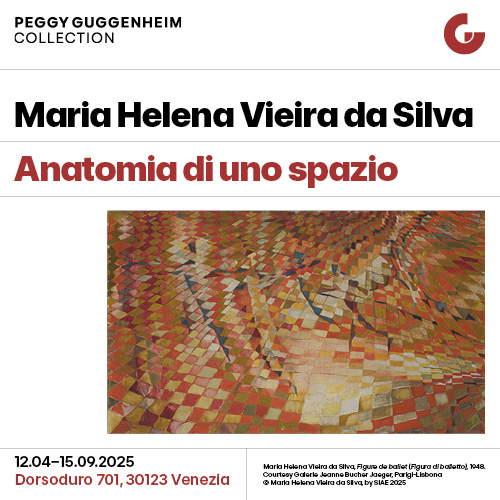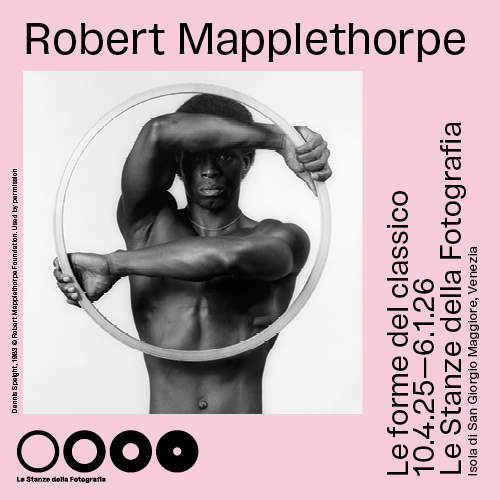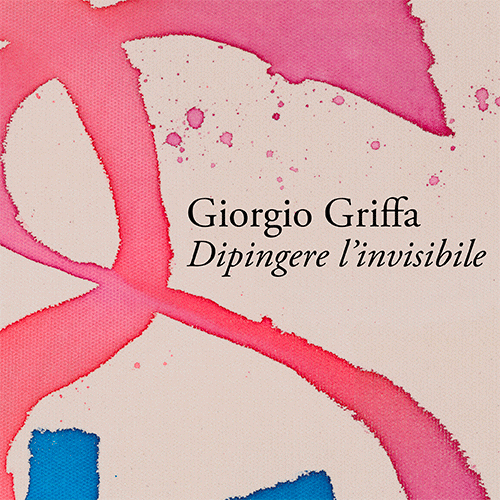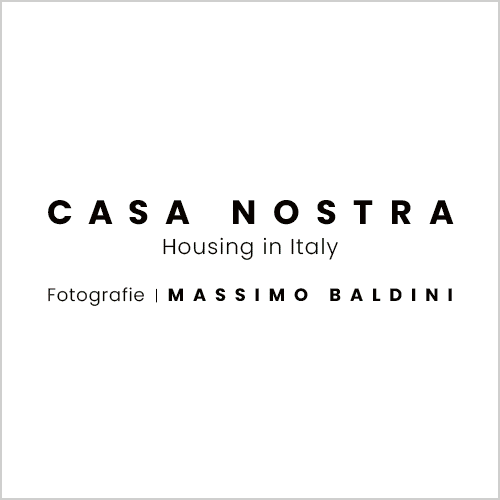Retrospective on Germano Sartelli in Imola for the 100th anniversary of his birth
A retrospective exhibition dedicated to Germano Sartelli (Imola, 1925 - 2014), an Imola artist whose birth centenary falls this year, opens Friday, April 11, at the San Domenico Museum in Imola. The exhibition, entitled Germano Sartelli. The Enchantment of Matter and curated by critic Claudio Spadoni, offers a journey through the artist’s entire output, from his beginnings to his maturity, with more than seventy works. The exhibition brings together the first collages made in the late 1950s and continues to the large sculptures in corten and the delicate worked papers of his last years. Sartelli was an artist with an original trajectory, alien to codified groups and movements, capable of developing a personal language that earned him critical recognition. Andrea Emiliani, among the first scholars to deal with his work together with Maurizio Calvesi, described him as a ’case’ in the artistic panorama of the twentieth century. What distinguished him was not only his research on materials, but also his personality, suspended between natural grace and an experimentation that bordered on genius.
His production reflects a profound attention to the most disparate materials: natural elements and industrial waste come together in compositions with a strong visual impact. Collages of leaves, paper fragments, cobwebs, cigarette butts, straw, rags, materials encased in the transparency of cellophane, Plexiglas or fiberglass will be on display. The artist collected and transformed wooden logs, iron wires, pieces of sheet metal, building a visual vocabulary that was entirely personal. Because of the variety of materials used, Sartelli has sometimes been compared to internationally prominent figures such as Alberto Burri and Jean Dubuffet. However, his approach to the material is distinguished by an intimate, almost poetic imprint that refers to a sensitivity close to that of Pascoli. A skill that led him to obtain prestigious awards, including the Ministry of Education’s Sculpture Prize in 1962 and participation in the XXXII Venice Biennale in 1964.
In addition to his artistic research, Sartelli also left an important mark in the social sphere. Starting in the 1950s, he brought art inside the Lolli Psychiatric Hospital in Imola, launching an art therapy project that was avant-garde for the time. An initiative that attests to his conception of art as a tool of freedom and expression, capable of profoundly affecting people’s lives. His works, from monumental installations to interventions in public space, reveal a constant dialogue with his surroundings. His ability to recompose seemingly insignificant elements into harmonious structures demonstrates his aptitude for experimentation and a vision capable of giving aesthetic value to salvaged materials. The event is made possible thanks to the collaboration of the Sartelli family and the support of Con.Ami, the initiative’s main partner, along with the Fondazione Cassa di Risparmio di Imola. The project also enjoys the support of the Casa Sartelli Association and Cefla.
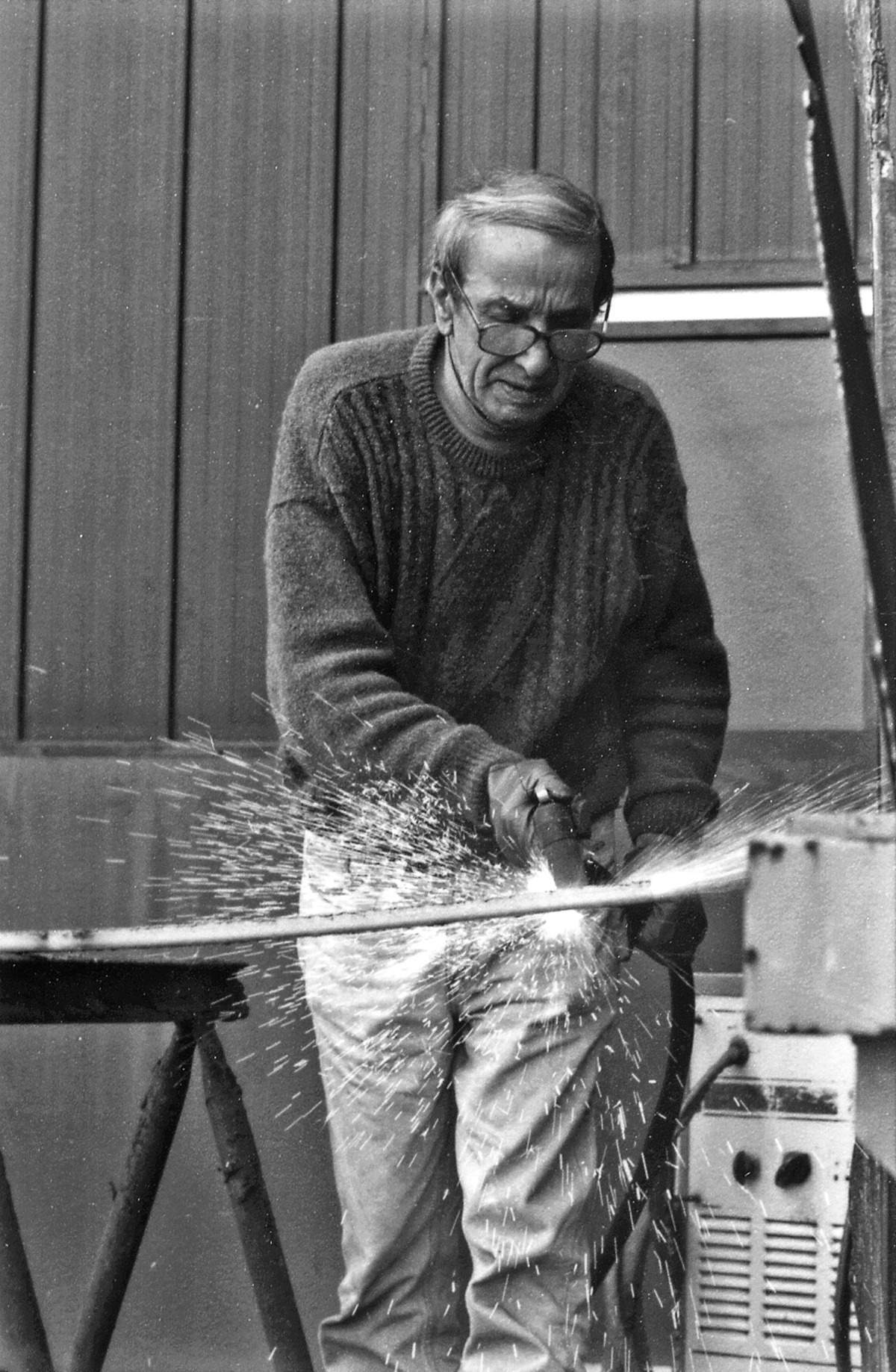
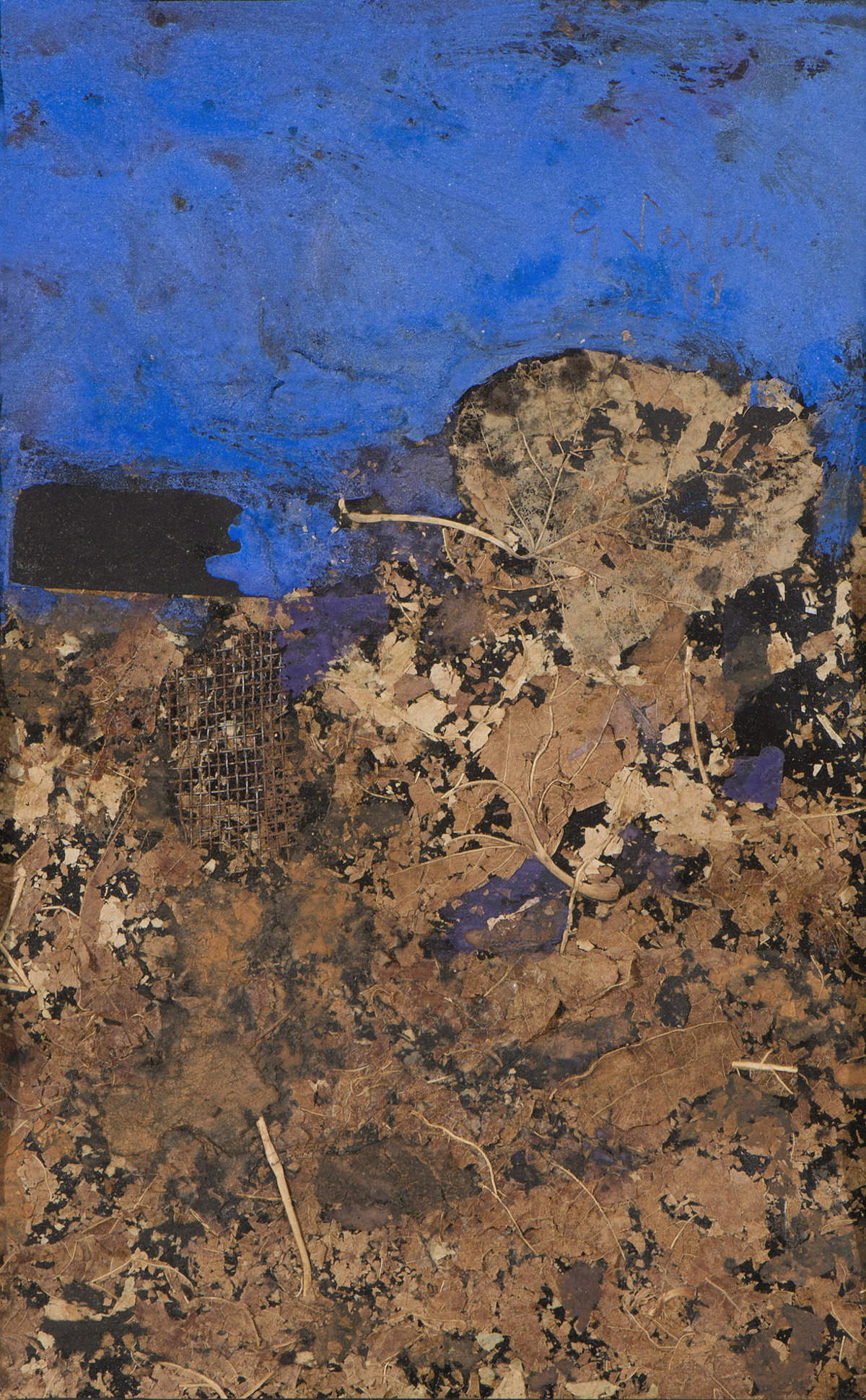
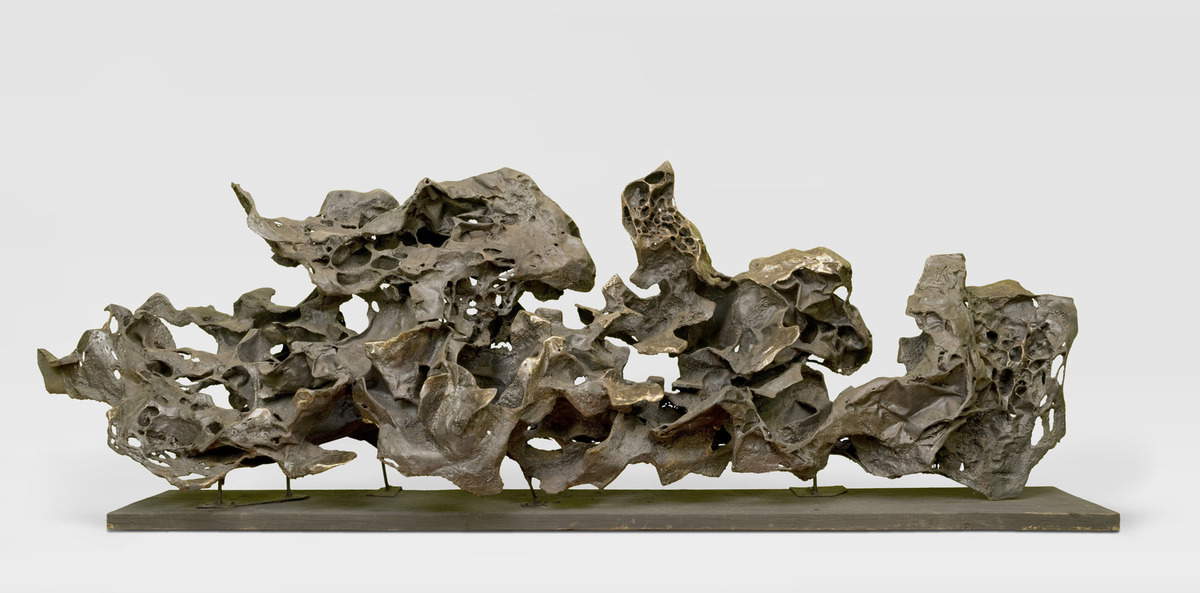
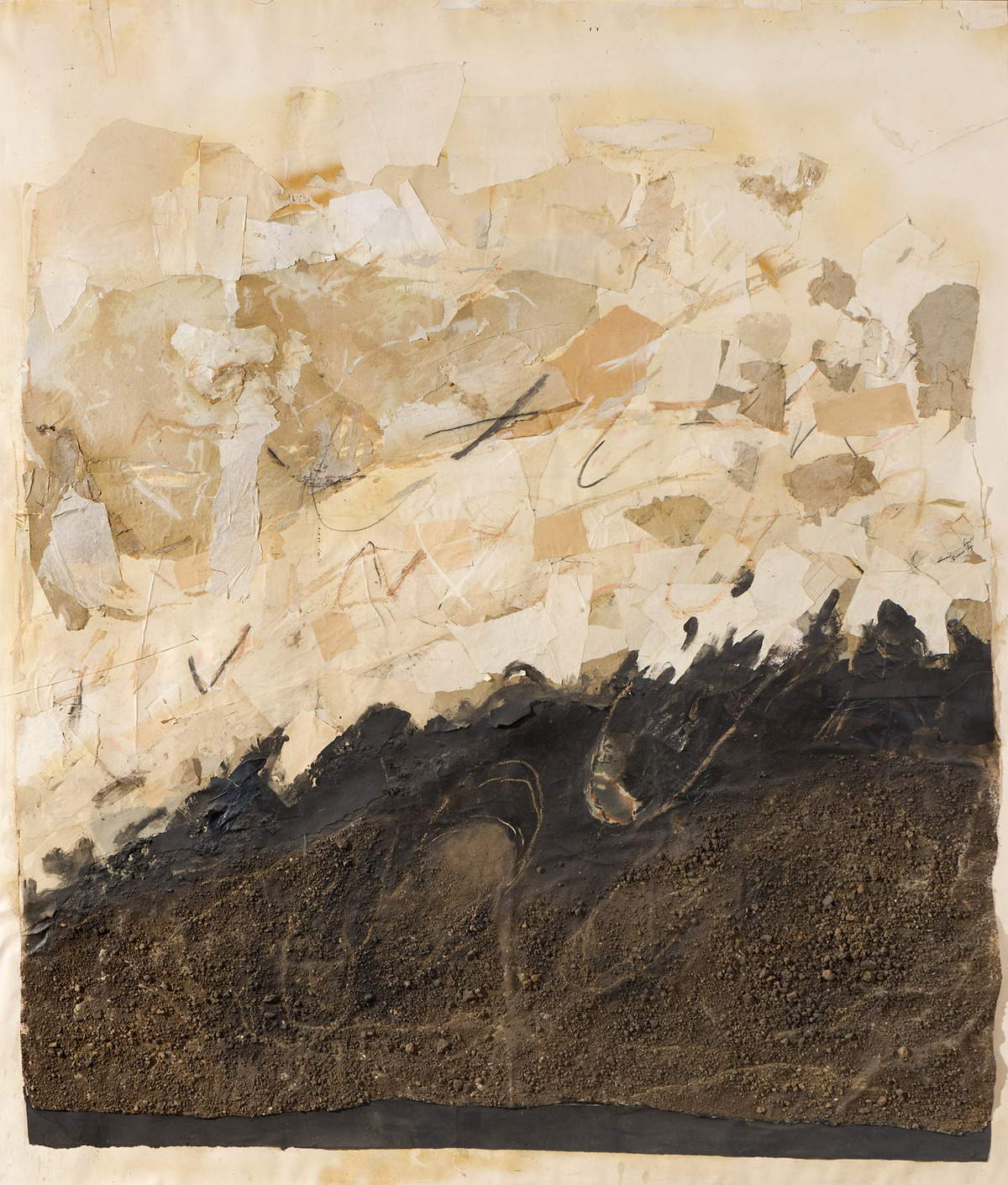
“With this exhibition,” comments Culture Councillor Giacomo Gambi, “we intend to pay tribute to an artist who has left a deep mark on our city. Sartelli’s art has always dialogued with space and community, embellishing our landscape and drawing inspiration from it. We are very grateful with all those who supported us in the realization of this project, especially with the family, which recently made the ”Casetto“ in Codrignano, which since the 1970s Germano elected as a hermitage and forge where he created his works, a ”House of the Illustrious“ recognized by the Emilia-Romagna Region, which will allow many visits and collaborations.”
“Artistically speaking,” adds the director of Imola Musei, Diego Galizzi, “the figure of Sartelli represents for this territory a true gem, both isolated and precious, a poet of matter capable of plumbing its pulsating nature and restoring its hidden geographies in the form of art. He has been an unparalleled hunter of neglected materials, peripheral to our eye, which nevertheless thanks to his sensitive mind and wise fingers have revealed unprecedented expressive potential.”
Notes on the artist
Germano Sartelli was born in Imola on January 31, 1925, and spent his childhood and early youth in Casalfiumanese, nestled in the hills of Romagna. The natural environment probably left a deep mark on his sensibility. In 1938, when he was only thirteen, he began working as an apprentice in the cabinet-making workshop of Imola woodcarver Gioacchino Meluzzi, his teacher at the Istituto degli artigianelli di Santa Caterina in Imola. After the war, the family settled in Imola, where Sartelli, self-taught, began his first artistic experiments.
A crucial moment in his life and career was his experience at the art atelier of the “Luigi Lolli” psychiatric hospital in Imola. Here he collaborated with psychiatrist Gastone Maccagnani from 1952 to 1980, passionately devoting himself to an innovative project. The work carried out in the atelier emerged publicly in 1954, when an exhibition dedicated to the works of patients from the Imola asylum was held at the Besso Foundation in Rome, one of the first Italian experiences related to anti-psychiatry. In 1958, at the Circolo della Cultura in Bologna, Sartelli exhibited for the first time in a solo show, curated by Dino Gavina with a presentation by Maurizio Calvesi. The latter, together with Andrea Emiliani, followed and supported his artistic activity throughout his career. The 1950s was a period of great creative fervor: in the atelier set up inside the Rocca Sforzesca in Imola, recently decommissioned as a prison, he made sculptures using iron, rags, metal sheets and crushed cans.
In 1962 he received the Ministry of Education’s sculpture prize and, two years later, participated in the XXXII Venice Biennale, at the invitation of Maurizio Calvesi, Afro Basaldella, Lucio Fontana and Cesare Gnudi. From that time, numerous national and international exhibitions and awards followed. Beginning in the 1970s, Sartelli found in Codrignano, in the Santerno Valley, the ideal place to deepen the relationship between art and nature. His atelier, which he called “Casetto,” became a space inhabited by installations that dialogued with the surrounding landscape. Sartelli passed away in Imola in 2014. Ten years later, his home-studio in Codrignano became part of the network of “Homes and studios of illustrious people” in the Emilia-Romagna region and houses the Sartelli archival fund.
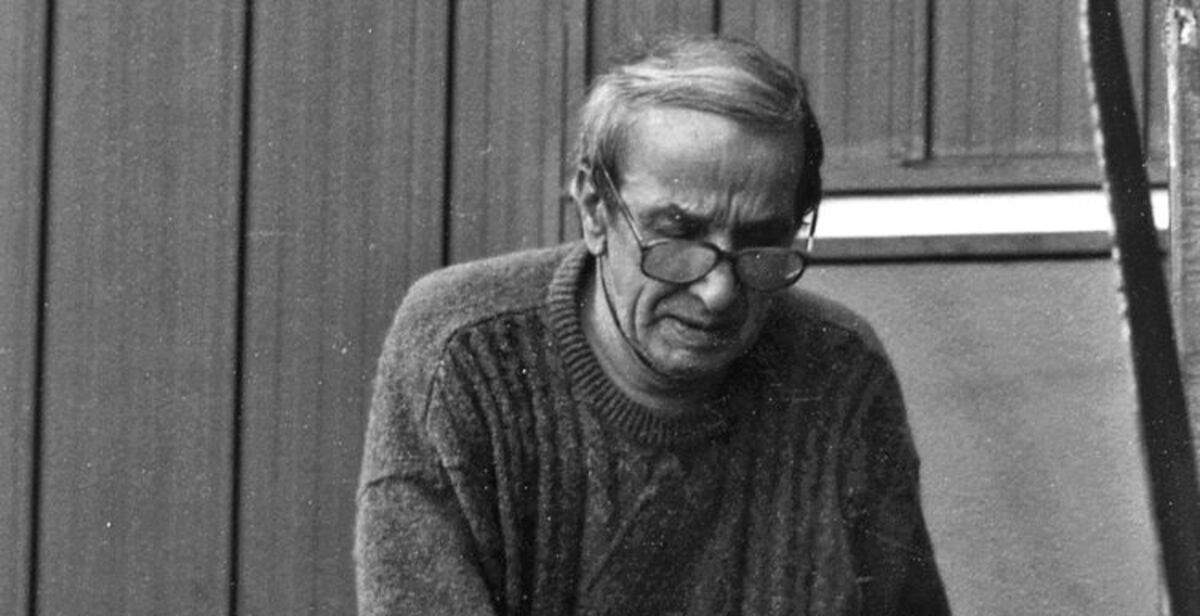 |
| Retrospective on Germano Sartelli in Imola for the 100th anniversary of his birth |
Warning: the translation into English of the original Italian article was created using automatic tools. We undertake to review all articles, but we do not guarantee the total absence of inaccuracies in the translation due to the program. You can find the original by clicking on the ITA button. If you find any mistake,please contact us.





